Homemade Butter
5
from
4
Reviews
4 Comments
-
-
 Kai U
Kai UMake butter with Vanilla. That is a Favorit in French breakfast…



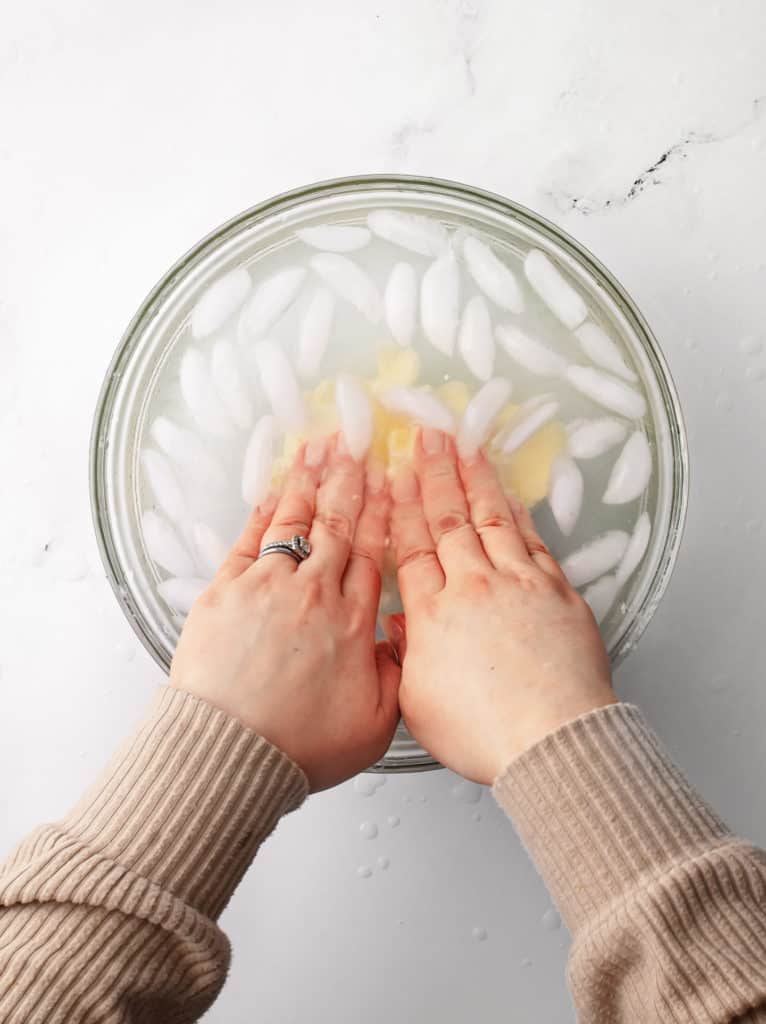
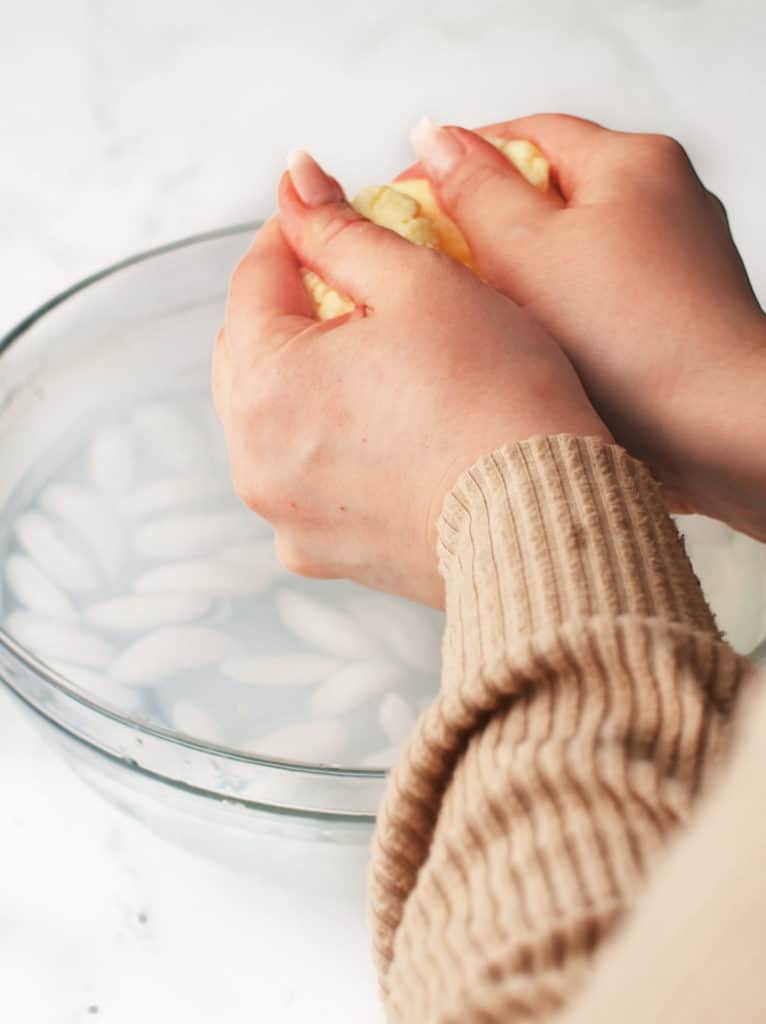
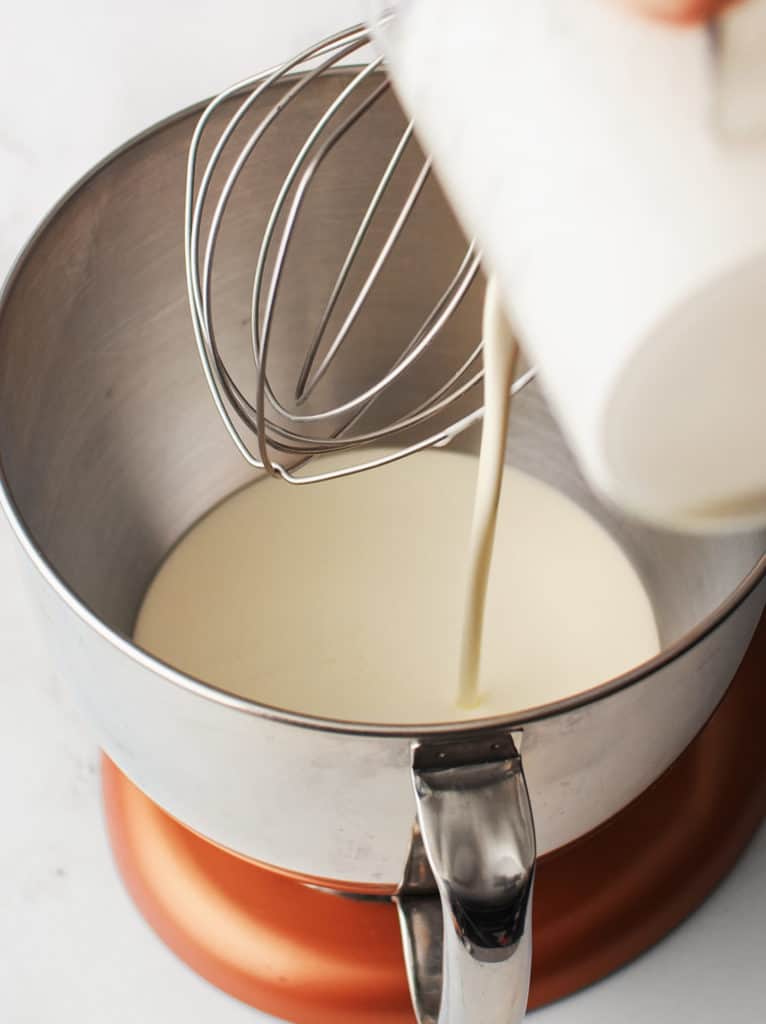

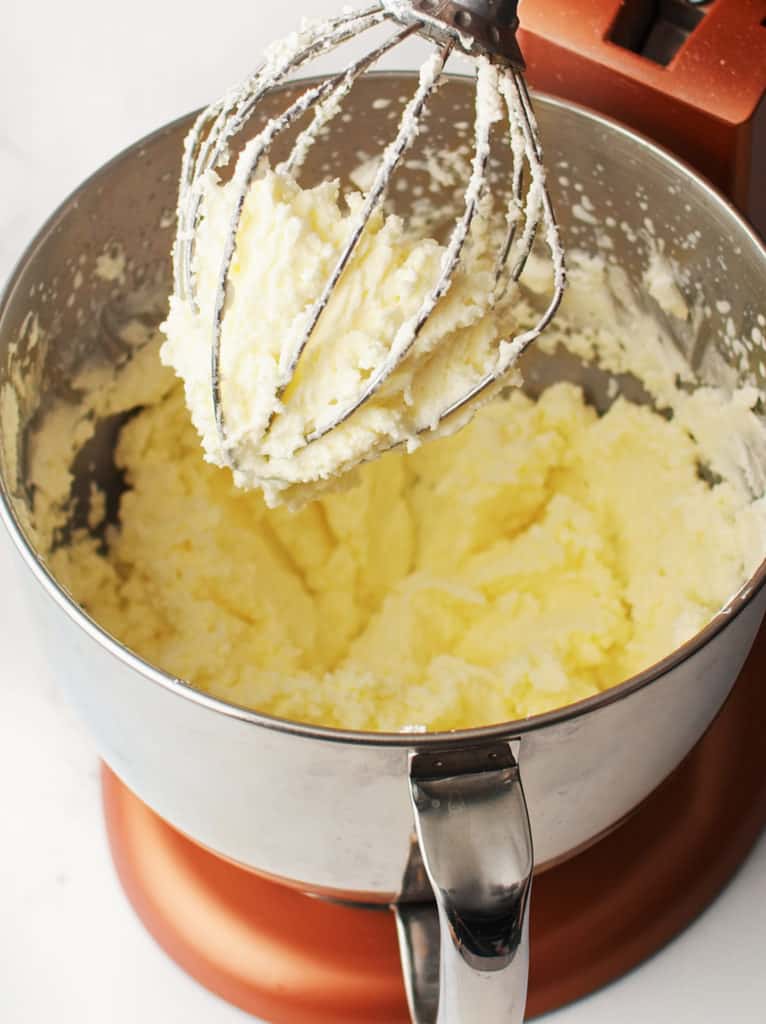
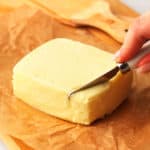
question: how long does this butter keep?